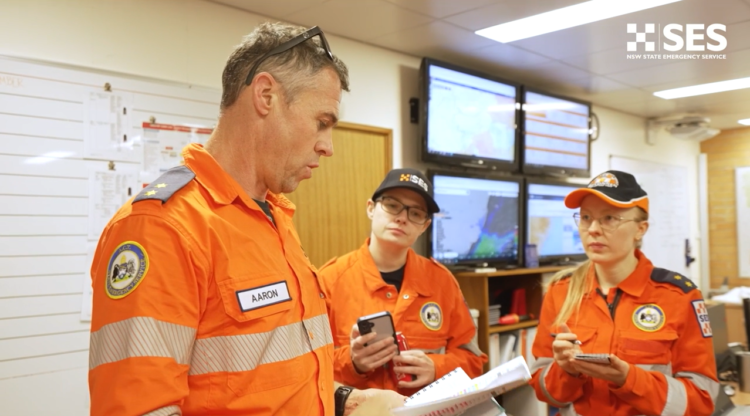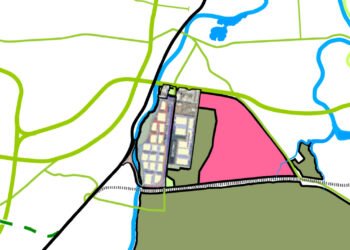In a groundbreaking operation, cancer patients stranded by floodwaters on the mid-north coast of New South Wales have received urgent medical supplies delivered by a NSW State Emergency Service (SES) drone. The delivery, believed to be an Australian first, took place on Friday night when volunteers flew critical supplies across the Manning River to the isolated community of Harrington.
With conditions deemed too dangerous for boats and helicopters already assigned to other emergencies, the decision to use a drone ensured the vital supplies reached their destination without putting volunteers at risk.
NSW SES drone pilot Gabe Mihalas described the challenges of the night-time mission, which relied on infrared technology and aerial mapping for navigation.
“We didn’t have much visual on the Harrington side being night, so I used it in infrared mode and used aerial mapping,” Mr Mihalas said. “We had a few locals watching from further up the road and cheered us as the drop happened, so it feels really good to know we’ve made a positive impact in such a tough time for this community.”
Mr Mihalas added that being part of the historic delivery was deeply rewarding. “It’s a great feeling to be a part of this, and there are many different people involved, but it was definitely a nice feeling to be out there on the frontline doing the actual delivery.”
Seamless Coordination Saves Lives
Local palliative care nurse Tiffany Willis, who has also been cut off by the floodwaters, played a key role in ensuring the supplies reached the patients quickly.
“My boss approached me and said they had spoken to the patients, and they were working through ways to help them given their isolation,” Miss Willis explained. “I spoke directly with the NSW SES throughout and worked with them to find an appropriate location. The communication was really great and seamless.”
Within three hours of the drone drop-off, Miss Willis had treated the patients and returned home.
“Those two patients were just so relieved and so thankful to receive medical treatment and some reassurance that even though we are still cut off, we’re not completely isolated from help,” she said. “I feel really proud to have made a small difference, and it feels good because it is the right thing to do.”
Pioneering Technology in Emergency Response
The NSW SES has been trialing drones as part of its innovation program and first deployed them operationally during Tropical Cyclone Alfred. The agency currently operates seven drones with 12 trained pilots but is looking to expand its program to enhance safety and efficiency in emergency responses.
Euan McKenzie, Chief Remote Pilot for the NSW SES, praised the team’s efforts and highlighted the significance of the operation.
“We have been through this training process, so to send them off on what would be a historic flight, there is a certain amount of nervousness, but I know our volunteers have exceptional and broad skillsets, so I am very proud of that team,” Mr McKenzie said.
The NSW SES has completed over 200 resupply missions in the past two days and continues to support isolated communities as the flood response progresses.
Premier Chris Minns on the Ground
NSW Premier Chris Minns has been on the ground in flood-affected areas, meeting with emergency services personnel and residents impacted by the disaster. The Premier commended the efforts of the SES and other emergency responders for their tireless work in ensuring the safety and well-being of isolated communities.
Call for Assistance
Residents who are cut off and require urgent resupply of food, medication, or other essentials are urged to contact the NSW SES at 132 500.
This innovative use of drone technology has provided a lifeline to vulnerable residents, showcasing the resilience and adaptability of emergency services during one of the state’s most challenging times.



























